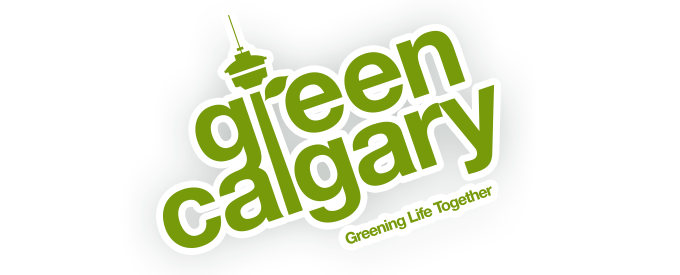7 Great Canadian Pollinators
Posted on June 17, 2017
It’s International Pollinator Week June 19-25, so it’s a great time to consider what pollinators do for us here in Calgary. Pollination is a pivotal system in our environment and pollinators are the crux of that system. Sure, we all recognize the importance of honeybees to pollination, but there are many pollinators beyond that! Here are 7 examples, drawn from the Canadian Wildlife Federation:
1. Hummingbirds. These amazing birds eat the nectar of tubular flowers and, in the process, get pollen on their upper body, which they then carry to the next flower. Major pollinators in Alberta include the Rufous hummingbird and the Ruby-throated hummingbird. Hummingbirds have good populations in Canada, but Rufous hummingbirds are on a watch list as their populations have been on the decline. The best way to support these populations is to have a healthy, natural yard for them to build nests and feed. Nectar rich flowers are preferred for feeding, but if you’re looking to plant native species, bearberry (Kinnikinnick) and Canada lily are hummingbird favourites. Avoid pesticides, herbicides, insecticides, and other chemicals, which negatively affect hummingbirds, and kill spider populations that provide the spider silk for hummingbird nests.
2. Butterflies. Butterflies are known as a sure sign of spring and our native species are great pollinators. Well-known pollinators include the Canadian Tiger Swallowtail, the Silvery blue butterfly, and the Monarch butterfly. Butterflies are mostly in danger from diminishing habitats, so supporting conservation efforts in parks is important. Urban forestry also helps create safe spaces for butterflies. You can help butterfly populations by planting native plants that support them in your flower garden. All asters will attract them, but Alberta has the native Alpine Aster that works well in this regard.
3. Moths. Most moths aren’t pollinators, but the Hummingbird clearwing moth is! This huge moth looks and acts like a hummingbird, and it is often confused for one at a distance. They hover in place in front of flowers to drink the nectar, just like a hummingbird. Like most other creatures interacting with our flowers and yards, the best thing you can do to keep them healthy is to avoid herbicides and insecticides. Their populations are secure throughout Canada, however. Attract them with the same plants that attract hummingbirds, butterflies, and bees. Alpine Aster is a favourite here as well.
4. Wasps. There are many varieties of social vespids (like paper wasps, hornets, and yellowjackets) that are pollinators in addition to being aggressive insects. They aren’t too aggressive, however, when they don’t feel threatened and they have plenty to eat. When planting to attract other pollinators, you’ll attract wasps, too, but don’t fret – you’re just helping our local ecosystem and keeping the wasp population contented.
5. Flies. Again, most flies are not pollinators, but you’d be forgiven if you forgot the hover fly. The hover fly is basically a bee or wasp imitator, and is easily confused for one of these other insects. It’s similarly a pollinator, and it helps with managing insect populations with its predacious larvae. It’s not at risk in Canada, but if you’re attracting pollinators, you’ll get some of these, too. In addition to the flowers that all pollinators like, they love wild roses (really, who doesn’t) – a great Albertan species!
6. Beetles. Some beetles are also pollinators, landing on flowers and eating the nectar. The Checkered beetle, for example, helps with pollination, although its larvae also live in bee and other insect nests and are predatory. Still, they are part of a healthy ecosystem and if you support one pollinator, you’ll support beetle populations as well.
7. Bees. Of course, we all recognize honeybees as great pollinators, but did you know how many other species of bees help out around us? Green sweat bees, mason bees, bumble bees, polyester bees, mining bees, and leafcutter bees all work as pollinators. Help promote healthy bee populations by planting native species for them to feed from. “For early to late spring, there are the prairie crocus, slender blue beardtongue, lungwort, and violets. In summer, the giant hyssop, meadow blazingstar and monarda are bee and butterfly magnets. And for fall the stiff goldenrod canʼt be beat,” suggests the Edmonton Native Plant Group. You can also help bee populations by mounting a bee house in your yard or on the side of your house. We sell bee houses, as well as the larvae needed to start mason and leafcutter bee populations, at our rain barrel sales and in our ecoStore!
We hope that these pollinators visit you early and often, and that you’ll consider planting some native plants to help encourage them. We’d love to talk to you about bees and other pollinators! Contact us on Facebook or Twitter and use the hashtage #pollinatorweek! Visit our Little Green Library at #100, 301 - 14th Street NW for more bee resources (hours listed here). You can also see our green tips and more on our YouTube page!
